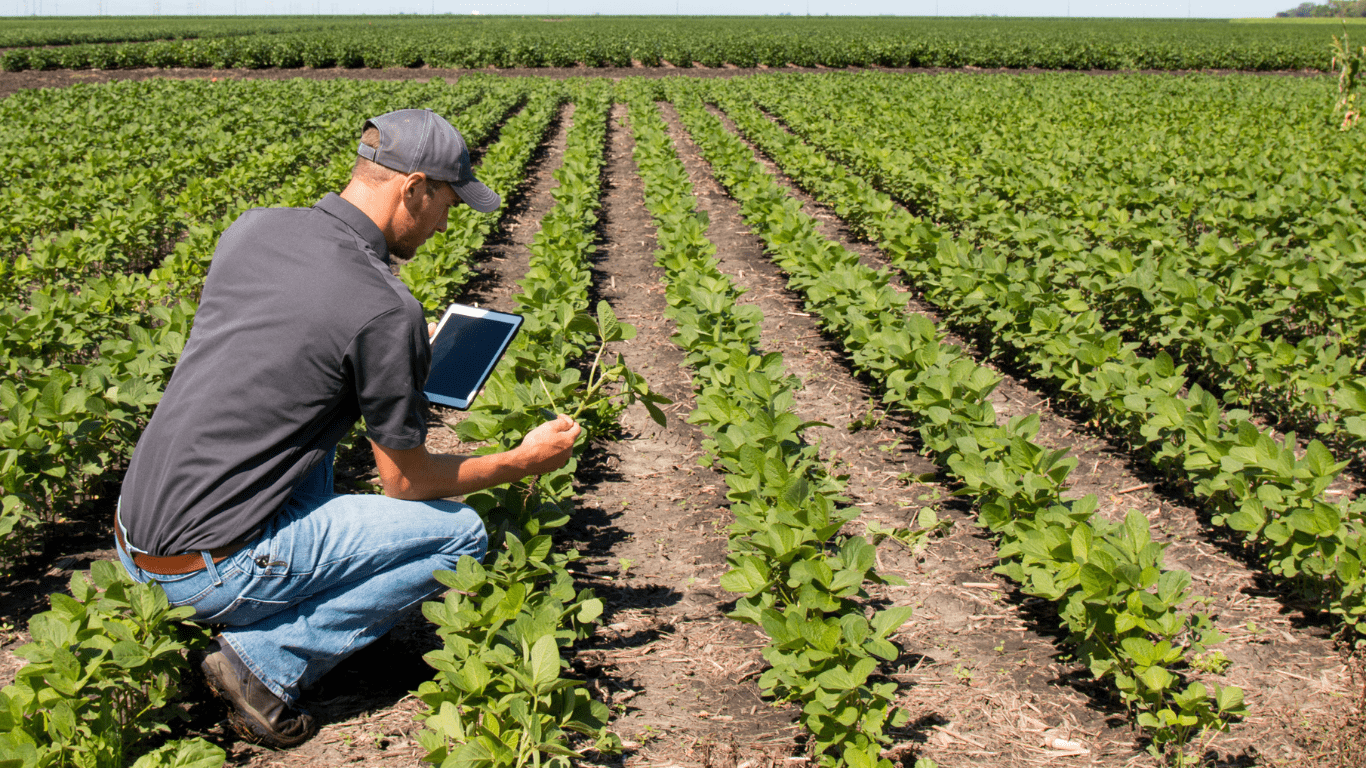We are excited to bring you the 1,000th Southern Ag Today article!
A recent federal district court decision constituted a big win for livestock and poultry operations around the country. For years, there has been uncertainty related to livestock and poultry operations’ obligation to report air emissions under two federal laws, the Comprehensive Environmental Response, Compensation, and Liability Act (CERCLA) and the Emergency Planning and Community Right-to-Know Act (EPCRA). Congress amended CERCLA in 2018 to exempt livestock operations from air emissions reporting; however, it did not include a similar exemption in EPCRA. Shortly after the change, the EPA exempted livestock operations from EPCRA’s reporting requirements. Environmental groups sued over this exemption arguing that the exemption violated EPCRA.
In August 2025, the federal district court for the District of Columbia upheld the exemption in a Memorandum Opinionissued in Rural Empowerment Ass’n for Cmty. Help v. EPA, No. 18-2260 (TJK) (D. D.C. Aug. 7, 2025).
Background
Congress enacted CERCLA and EPCRA to ensure federal, state, and local authorities could respond to hazardous substances released into the air. For years, the Congress and the EPA wrestled with whether livestock and poultry operations should be required to report air emissions from manure and decomposing manure. In 2018, Congress resolved part of the issue by passing the Fair Agricultural Reporting Method Act (FARM), which exempted such emissions from CERCLA reporting. Following FARM, the EPA enacted a rule extending the exemption to EPCRA Section 304, reasoning that because livestock and poultry emissions no longer triggered CERCLA’s reporting requirement, EPCRA’s parallel duty to notify local officials was likewise inapplicable.
Environmental groups sued the EPA, arguing that in enacting the exemption the EPA had misinterpreted EPCRA and failed to consider environmental consequences, thereby violating EPCRA, the Administrative Procedure Act (APA) and NEPA. Several agricultural groups intervened in the lawsuit including the American Farm Bureau Federation, National Cattlemen’s Beef Association, and National Pork Producers Council.
Court’s Reasoning
The court sided with the EPA and agricultural groups upholding the reporting exemption. Specifically, the court relied upon the decades-old interpretation of the interplay between CERCLA reporting requirements and EPCRA reporting requirements. Congress expressly tied the EPCRA reporting requirements to CERCLA, and the EPA has long required only those releases that require notification under CERCLA to report under EPCRA. The EPA’s decision to exempt manure emissions from EPCRA based on Congress’s exemption under CERCLA was neither inconsistent nor unreasonable, according to the court. Additionally, the court held that NEPA did not apply. Congress made clear in the FARM Act that farm animal waste was exempted from CERCLA and that reporting under EPCRA is dependent on CERCLA. Because of this, the EPA was not required to undertake a NEPA analysis to enact its exemption.
Why is This Important?
For livestock operations, required reporting under CERCLA and EPCRA was burdensome, complex, and difficult to quantify. Additionally, some believed that requiring such reports caused unnecessary alarm for citizens. At least for now, this decision answers the long-standing legal battle over air emissions reporting from livestock and poultry operations. It’s important to note, the environmental groups may appeal this decision to the D.C. Circuit Court of Appeals.
Goeringer, Paul, and Tiffany Dowell Lashemt. “Clearing the Air on Manure: What the New Ruling Means for Agriculture.” Southern Ag Today 5(36.5). September 5, 2025. Permalink




